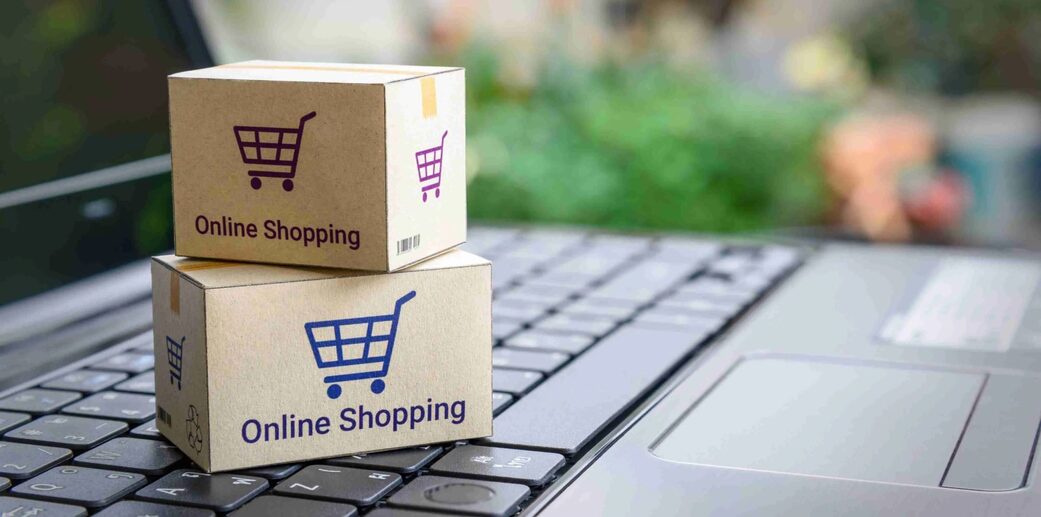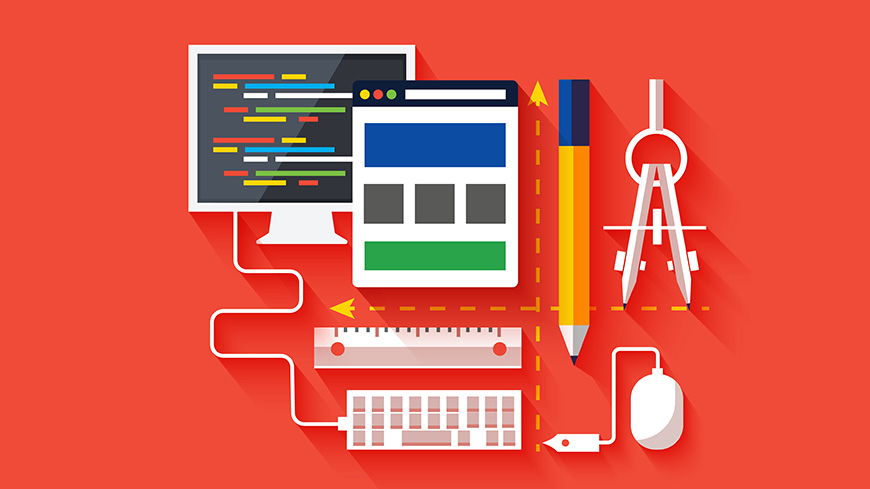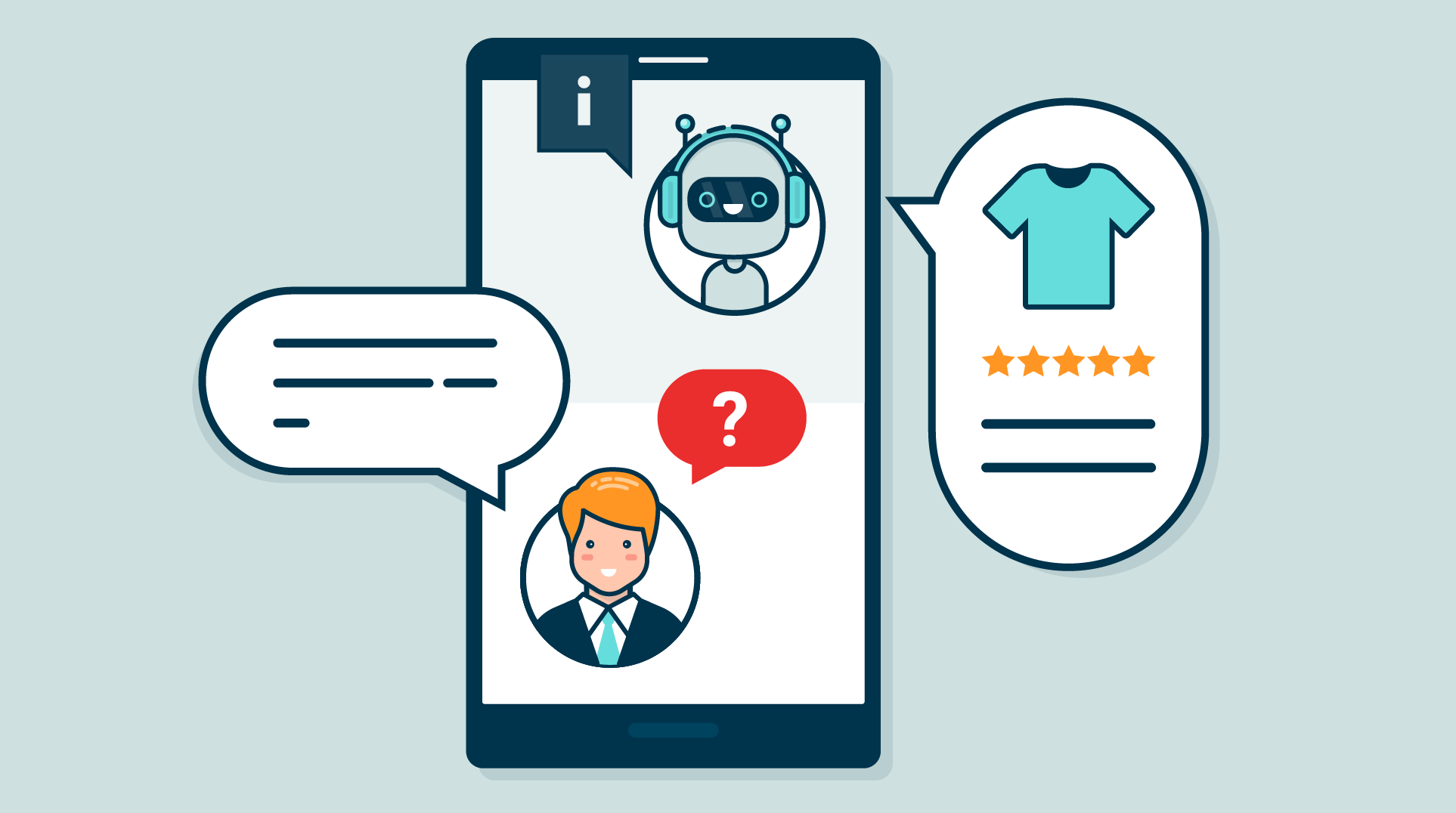The only right answer to both of these questions is “it depends”. The ways to get started with an eCommerce business and the final amount you will have to invest in it depends on the business model and niche you choose, the business development strategy and the one to build your website, the marketing tactics you will follow, and the cost optimization opportunities you will use.
So, how to start an eCommerce business in the smartest way possible? Below is a step-by-step eCommerce guide you are welcome to follow.
- Choose Your Type of Ecommerce Businesses
The first step to starting an eCommerce business is to decide on the eCommerce type your business will belong to. The possible options are listed below.
- B2C or business-to-customer means that your company, as a business, will sell its goods or deliver its services to the end-users, that is, to the customers.
- B2B. Business to business eCommerce model implies that your company sells the goods or provides services to businesses from other industries.
- C2C. Customer to customer model, as the name suggests, means that you create goods on your own, for example, create handmade items, and sell them to end customers.
- B2G. According to the business to government approach, your eCommerce business serves governmental authorities, usually using an e-Procurement platform.
- Choose a Business Model
Next, proceed with choosing a business model your eCommerce business will follow.
- Dropshipping. The essence of dropshipping is that your business serves as an intermediary between the supplier and the end customer. Your task is to find the customers and encourage them to place their orders, while the supplier will deal with the packaging and shipping. The main benefit of this model is that you don’t have to invest in purchasing goods.
- Marketplace. A marketplace business model is another winning option you can consider, and there are two opportunities you can choose from. You can either join a marketplace like Amazon and sell your goods without the need to create your own website, or develop your own marketplace, attract both sellers and buyers, and earn the commission from each transaction made within your marketplace platform.
- Subscription boxes. Delivering subscription boxes is a relatively new business model in eCommerce. The essence of the idea is to make the customers subscribe and get a set of pre-chosen items weekly or monthly. Such a model is good for online grocery stores, beauty brands, and other eCommerce product companies selling items that need to be frequently replenished.
- Classical eCommerce. According to the classical eCommerce approach, you have to create your own goods, stock up on the products that you would like to sell, and ship them to the customers. The benefit of the approach is the total control you have over your business but the reverse side of the coin is your sole responsibility for each of the business processes.
- Choose a Product
Now, you have to make one of the most important decisions that will be half the battle of your eCommerce business success. You have to choose a product that will meet the expectations of the target audience, deliver value, come with great quality, and be trendy. Here is how to do it.
- Research the market. Narrow down your research to a specific niche and take a deeper look at the market environment. Analyze the products that other niche sellers offer, pay attention to their weak and strong features, and try to identify the market gaps you will be able to fill in with your product.
- Research the target audience. Next, proceed with the target audience analysis. Develop a detailed portrait of your ideal customer, understand the pain points they have, and suggest ways to solve them with your product or service.
- Take a look at Amazon. For the entrepreneurs eager to join the world of online retail, analyzing Amazon trends can be pretty insightful. Pay attention to the trendiest categories on Amazon (to date, they are electronics, video games, clothing, beauty, and home products).
Bonus! The Hottest Products to Sell in 2022
- Crypto wallets. The crypto industry is booming, so selling physical crypto wallets that are a better alternative to digital ones, is one of the ideas you are welcome to grab.
- Power banks. Pandemic-related travel restrictions are almost canceled, so traveling as a lifestyle comes back as well. And this is one of the reasons for the increased demand for power banks and other travel accessories.
- Projectors. Projectors are a better alternative to large TVs – they come with better contrast ratios and better image quality. Short-throw projectors are suitable for tiny apartments, so selling them can be one more promising idea.
- Wearable devices. Wearable devices are both popular and useful – especially the ones developed by global brands and embedded with innovative features. Consider selling them as well.
- Pets accessories. The matter is that Millenials are more likely to have pets instead of having kids. And a lot of them are ready to make the best choices for their cats and dogs, so pet accessories, along with high-end food and related services are on the rise in popularity.
- Matcha tea. Matcha tea is one of the wellness trends. It has great antioxidant properties and is also a source of vitamins and minerals. Selling it to health-conscious Millennials will be not so challenging as well.
- Find Reliable Partners
How to start a successful eCommerce business? Enrolling in the value-adding partnerships is one of the pillars to running your business seamlessly and growing it step by step, so consider the next opportunities.
- Find a trusted supplier. If you aren’t producing your goods on your own but regardless of the business model you choose, you have to get in touch with a reliable supplier. Most new eCommerce businesses opt for Chinese suppliers, however, this is not the only option you can consider. So, pay attention to local companies as well – they are also pretty likely to produce goods of high quality and the shipment cost could be pretty low.
- Get in touch with an eCommerce development vendor. Also, consider getting in touch with an eCommerce development company to build an outstanding eCommerce website that will allow you to successfully compete with other brands. We, at Idea In You, would be happy to support you along this way, share our up-to-date eCommerce development expertise, and build a scalable platform for your business growth.
Drop us a line now for a free and personalized eCommerce development consultation!
- Proceed with eCommerce Website Development
Now, it’s time to build an eCommerce platform – the heart of your business and the main tool for interacting with your future customers.
- Decide on the eCommerce development technology. There are several ways to build eCommerce software for your business. As for the simplest tactic for those getting started, consider creating a usual eCommerce website – it is more affordable than creating a native mobile application.
However, the latter is the tool 57% of modern shoppers prefer, so most likely, you will also face the necessity to create a mobile app. You can also opt for cross-platform development and create an eCommerce solution on the verge of mobile and web technologies.
- Decide on the domain name. Perfectly, the domain name should coincide with the name of your brand, be easy to remember and type, and not be used by any other company. Your development vendor will help you with choosing and buying the right one.
- Shortlist the necessary features for MVP. In our recent article, we have dwelled on the must-have features of an eCommerce website. Use this article as a starting point to shortlist the features for your Minimum Viable Product. The basic features you have to create are user profile, product pages, shopping cart, checkout, and payment system integration.
- Design the first prototype. Next, proceed with creating the first design prototype. Together with your eCommerce design team, create a simple and intuitive UI, make sure to deliver seamless UX, follow the eCommerce development trends and add a branded look to the design solution.
- Build your MVP and test it with the audience. After you are done with shortlisting the core features for your store and the design you would like to embed, you can proceed with creating an MVP – the first workable demo version of your eCommerce app or website. After it is ready, test it with your focus group and make sure there are no stumbling blocks on the way to completing a target action.
- Launch Marketing Campaigns
And here, let the marketing creativity begin. At this stage of your eCommerce business development, your success will directly depend on the marketing campaigns you run and their performance. Below are the main eCommerce marketing channels you should use to attract new leads, build relations with your current customers, upscale your goods and drive engagement.
- SEO. SEO is one of the top opportunities for eCommerce marketing. It needs investment and everyday commitment to drive ROI in the long run, so you are welcome to write SEO-optimized blog articles, use the quick-qin keywords in your product descriptions, and get registered in Google My Business for better discoverability according to the local queries.
- Social media ads. Having a well-developed social media profile is a must for any eCommerce business. Running targeted ad campaigns within social media is another value-adding and low-cost opportunity you should try. Social media platforms allow for setting up a very accurate targeting, segmenting your users, and personalizing your ads for better ROI.
- Influencer marketing. Reaching out to niche-specific influencers and negotiating with them on promoting your product is another great eCommerce marketing idea to keep in mind. The matter is that people still trust people, including those they don’t know but consider their opinions to be right. Partner with micro-influencers since they have more trustful relations with the audience; you can reach out to them using Upfluence.
- Email marketing. It may seem that email marketing no longer works, being replaced with social media and instant messengers. However, if you have an email marketing strategy, your letters are designed, personalized, and written well, email marketing becomes one of the most powerful tools for driving engagement and conversion rate. For example, a welcome email alone can boost user engagement by up to 500%.
- Track Essential KPIs
Launching your eCommerce business is only the beginning. From now on, you have to keep careful track of the key performance indicators and user behavior patterns, keep pace with eCommerce trends, gather customer feedback and always look for ways to improve your product or service and optimize your KPIs.
Let’s discover the most important one you should pay the greatest attention to.
- Conversion rate. A conversion rate shows how many users have made a purchase on your website among all those who have visited it. This is the most important eCommerce KPI which on average, is 1,5-7% depending on the niche. For example, for luxury eCommerce stores a conversion rate of 1-1,5% is good, while for the food and beverage niche, this indicator should reach 5-7%.
- Bounce rate. The eCommerce website bounce rate should be as low as possible. This indicator shows the share of users who have closed the website right after opening it. In most cases, the high bounce rate is a sign of poor or intrusive design but keep in mind that this indicator can never be zero. On average, a 40-50% bounce rate can be considered good for online stores.
- Abandoned cart rate. An average abandoned cart rate is nearly 70%. Don’t be scared with this indicator and keep the user behavior patterns in mind – some of them just need more time to complete the purchase, while you can encourage them with a personalized email with a discount. More than 50% of modern users are also fond of window shopping online, and they can also be converted into buyers with retargeting and emails.
- Churn rate. Customer churn rate is the indicator that shows how many of your customers have abandoned your business during a certain period of time. Perfectly, it shouldn’t exceed 8%, otherwise, it becomes possible to suggest some problems with your product quality or customer service.
Conclusion
So, we have shared how to start an eCommerce business step by step. You are welcome to use this guide to grow a successful eCommerce company. Idea In You would be happy to become your tech partner and help you grow your business with the help of the latest eCommerce development technologies. Sign up for a free consultation right now to get a business-tailored eCommerce development strategy and build a winning eCommerce solution!









![How to Start an Online Clothing Store [Step-by-Step Guide]](https://ideainyou.com/wp-content/uploads/2022/10/alyssa-strohmann-TS-uNw-JqE-unsplash-3.jpg)





